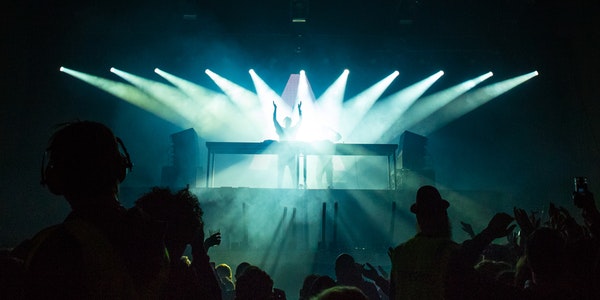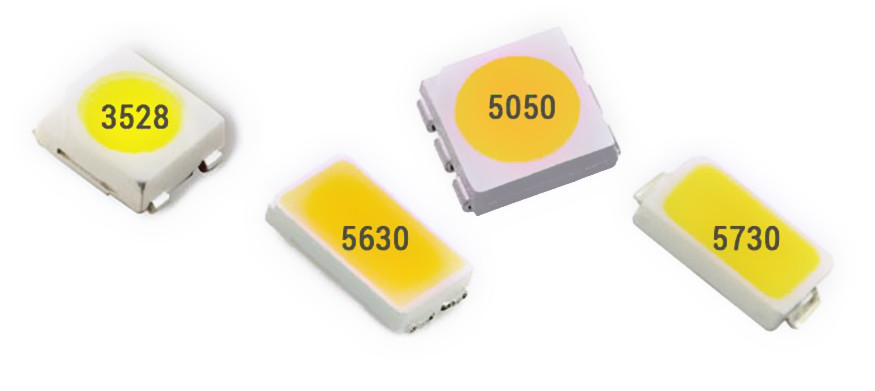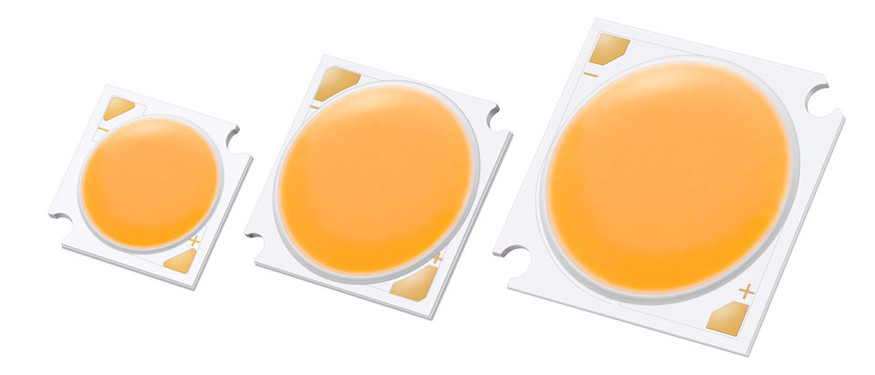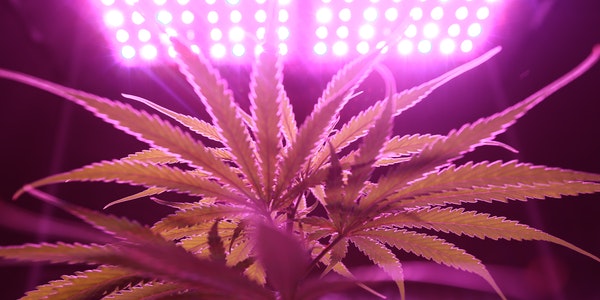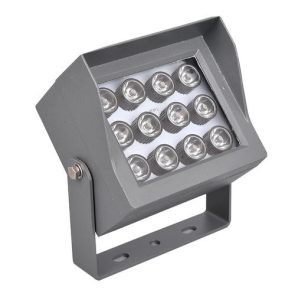LED Light Bead Parameter Introduction:
- Brightness
Lamp cup: The general brightness is 60-70 lm;
Bulb light: general brightness is 80-90 lm.
Note: 1W brightness is 60-110 lm, 3W brightness is up to 240lm, 5W-300W is an integrated chip, which is packaged in series/parallel. It mainly depends on how much current, voltage, how many strings and how many parallels.
1W red light, the brightness is generally 30-40 lm; 1W green light, the brightness is generally 60-80 lm,
1W yellow light, the brightness is generally 30-50 lm; 1W blue light, the brightness is generally 20-30 lm.
LED lens: PMMA, PC, optical glass, silica gel (soft silica gel, hard silica gel) and other materials are generally used for the primary lens. The larger the angle, the higher the light output efficiency. With a small-angle LED lens, the light must be shot farther.
- Antistatic ability
LEDs with strong antistatic ability have a long life and are therefore expensive. Generally, only LEDs with antistatic voltage greater than 700V can be used for LED lighting.
- Wavelength
LEDs with the same wavelength have the same color. If the color is required to be the same, the price is high. It is difficult for manufacturers without LED spectrophotometers to produce products with pure colors.
White light is divided into warm colors (color temperature 2700-4000K), pure white (color temperature 5500-6000K), and cool white (color temperature above 7000K). Europeans prefer warm white.
Red light: wave band 600-680, of which 620 and 630 are mainly used for stage lights, and 690 is close to infrared
Blue light: Band 430-480, of which 460 and 465 stage lights are used more.
Green light: Band 500-580, of which 525 and 530 stage lights are used more.
- Leakage current
LED is a unidirectional conductive luminous body. If there is a reverse current, it is called leakage. LEDs with large leakage current have short life and low price.
- Luminous angle
LEDs with different purposes have different light-emitting angles. Special lighting angle, higher price.
- Lifespan
The key to different qualities is life, and life is determined by light decay. Low light decay, long life, long life, high price.
- LED chip
The luminous body of the LED is a chip, and the price of different chips varies greatly. Chips in Japan and the United States are more expensive, while the prices of LED chips from Taiwanese and Chinese manufacturers are lower than those in Japan and the United States.
- Chip size
The size of the chip is expressed by the side length. The chip size is generally 38-45mΩ. The quality of the large chip LED is better than that of the small chip. The price is proportional to the size of the chip.
9, colloid
The colloid of ordinary LEDs is generally epoxy resin, and LEDs with anti-ultraviolet and fire retardants are more expensive. High-quality outdoor LED lighting should be anti-ultraviolet and fireproof.
Color rendering value
Normal white: 60-65, warm white: 50-60, because different companies use different packaging phosphors, so the color rendering value is also different.
Point light source selection skills
- The brightness of the LED is different, and the price is different. The LEDs used in LED lamps should meet the laser class Ⅰ standard.
- The LED with strong antistatic ability has long life and high price. Generally, only LEDs with antistatic voltage greater than 700V can be used for LED lighting.
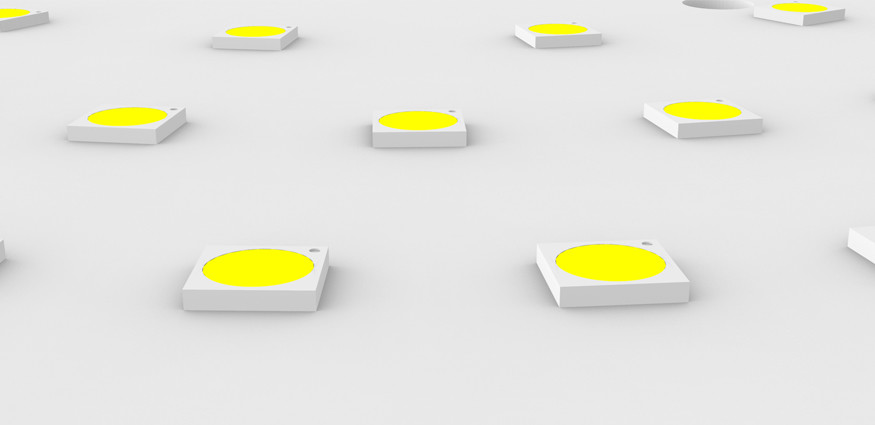
- LEDs with the same wavelength and wavelength have the same color. If the color is required to be the same, the price is high. It is difficult for manufacturers without LED spectrophotometers to produce products with pure colors.
- Leakage current LED is a unidirectional conductive light-emitting body. If there is a reverse current, it is called leakage. LEDs with large leakage current have short life and low price.
- LEDs with different light-emitting angles have different light-emitting angles. Special lighting angle, higher price. Such as full diffusion angle, the price is higher.
- The key to different quality of life is life, and life is determined by light decay. Low light decay, long life, long life, high price.
- Chip LED’s light-emitting body is a chip, and the price of different chips varies greatly. Chips in Japan and the United States are more expensive. Generally, the prices of chips made in Taiwan and China are lower than those in Japan and the United States.
- Chip size The size of the chip is expressed by the side length. The quality of the large chip LED is better than that of the small chip. The price is proportional to the size of the chip.
- Colloid The colloid of ordinary LEDs is generally epoxy resin. LEDs with anti-ultraviolet and fire retardants are more expensive. High-quality outdoor LED lighting should be anti-ultraviolet and fireproof.
Each product will have a different design, and different designs are suitable for different purposes. The reliability design of LED lighting includes: electrical safety, fire safety, applicable environmental safety, mechanical safety, health safety, safe use time and other factors. From the perspective of electrical safety, it should comply with relevant international and national standards.
As LED is a new product, consumers need to refer to relevant international safety standards when purchasing products. The price of LED lighting with international safety certification (such as GS, CE, UL, etc.) and national product quality certification is higher because these products are reliable in safety design. Consumers should pay attention to the authenticity of the certificate, because some companies will cheat on the certification.
In terms of health, the price of products designed with non-toxic materials is higher, especially indoor LED lighting. Don’t be greedy for cheap LED lighting with peculiar smell. At present, most LED manufacturers use non-toxic materials to produce, and the identification method can be directly distinguished by the nose. The smelly products are much cheaper than the odorless products. Toxins such as lead, mercury, and cadmium need to be analyzed by professionals. From the perspective of applicable environmental safety, the price of LED products with reliable dust-proof and moisture-proof design, fire-resistant materials, UV-proof, and low-temperature cracking resistance will be higher.
LED spectrum
Represents the distribution of the intensity of light with respect to the wavelength of light. The spectrum of an LED is generally a monochromatic LED. For example, a blue LED has a peak distribution at a wavelength of 470nm, and the ultraviolet region with a shorter peak wavelength and the green region with a longer peak wavelength are the measurement limits of light intensity.
In the spectrum of incandescent lamps, its luminous intensity is widely distributed in the blue region of more than 400 nm to the near-infrared region of more than 700 nm. The luminous intensity can also be observed in the ultraviolet and infrared regions. For fluorescent lamps, the emission wavelength of the phosphors used in combination is the peak of the spectrum.
Compared with ordinary red, green and blue LEDs with only one spectral peak, the spectrum of white LEDs is very different. For example, the blue area and the yellow area will have two peaks of luminous intensity, or there will be three peaks in the blue area, the yellow area and the red area, or even more peaks. This is because the white light of the white LED is obtained by combining light of multiple wavelengths. For example, when a blue LED and a yellow phosphor are combined, the peak appears in the blue area and the yellow area. In addition, the peak of the luminous intensity based on the blue LED is sharper, and the peak based on the phosphor is relatively gentle.
When LEDs are used in LCD panel backlights, the ideal situation is that the LED’s spectrum has peaks of luminous intensity in the three areas of red, green and blue. This is because the light of the LED will eventually be output to the outside through the color filters (red, green, and blue) of the liquid crystal panel.
When obtaining three peaks of luminous intensity, there are three methods of using red, green, and blue LEDs, and a method of using white LEDs that can obtain three peaks by improving phosphor materials.
Comparison of the luminescence spectra of blue LEDs and YAG phosphors, blue LEDs and ZnSe single crystal substrates, ultraviolet LEDs and RGB phosphors and other white LEDs with fluorescent lamps and natural light. Although they are all white, the emission spectra are quite different.
On the other hand, when LEDs are used in ordinary lighting appliances, white LEDs with a wide spectrum of visible light are more popular. The reason is that it is close to natural light, that is, when the light of the spectrum of sunlight illuminates an object, the color of the object is close to that of natural light.

